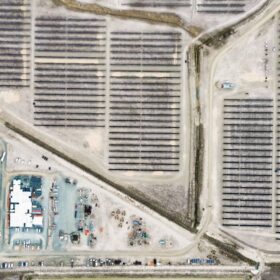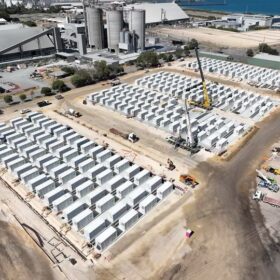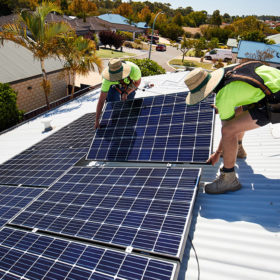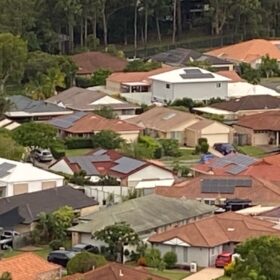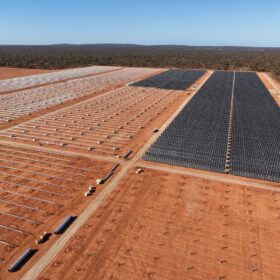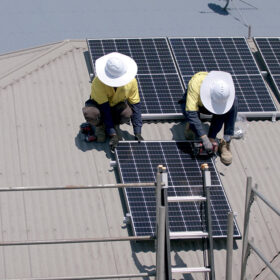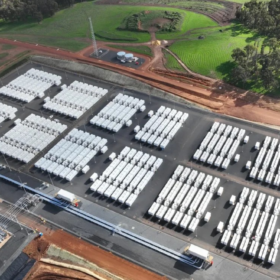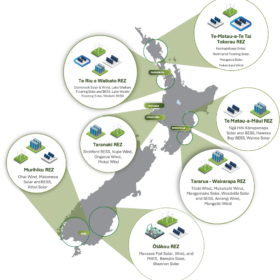Largest New South Wales long-duration storage tender to date awarded
Three companies have been awarded long-duration storage, long-term energy service agreements from the New South Wales Roadmap Tender 5, which at 1 GW / 13.7 GWh, is the largest to date.
NEM project pipeline nears 50 MW in December quarter
Almost 50 GW of new large-scale solar, wind and battery energy storage projects were progressing through the connections process for Australia’s main grid at the end of 2024, up 36% year-on-year.
Australian grid-scale battery storage earns $69.5M in Q4, 2024
Net revenue for Australian grid-connected battery energy storage systems more than doubled in year-on-year comparisons of the final quarter.
Planets align for Australia’s first live DER integration into wholesale markets
Manager of Western Australia’s South West Interconnected System Western Power has been allocated $20.8 million from the Australian Renewable Energy Agency for its Project Jupiter, which for the first time in Australia will integrate a live distributed energy resources marketplace with wholesale markets.
Virtual power plants can compete in the energy market from 2027: AEMC
The Australian Energy Market Commission has released a final determination to allow virtual power plants to compete directly with large-scale generators in the energy market, scheduled to begin in 2027.
WA capacity pricing benchmark swaps gas for batteries, and ups returns 57%
The Western Australian Economic Regulation Authority has determined both the peak and flexible benchmark reserve 2027/28 capacity prices to be $360,700 / MW / year, and represents a jump of 57% on the previous year.
Energy generation dominated by renewables in a nuclear future: report
The Opposition has released its nuclear energy plan modelling concluding nuclear power is up to 44% cheaper than current government scenarious but assumes renewable generation would continue to dominate in the future alongside it.
Low cost renewables still unbeatable after seven consecutive years: GenCost report
For the seventh year in a row, a CSIRO report has found renewables have the lowest cost range of any new-build electricity generation technology, with solar and wind coupled with firming technologies like batteries remaining the standouts.
100% of NEM demand met by rooftop solar on AEMO’s transition plan horizon
The Australian Energy Market Operator’s new and first national electricity market transition to renewables system security plan is future proofing the grid well ahead of a time when rooftop solar could potentially meet 100% of NEM demand.
AEMO makes case for rooftop solar control mechanism
The Australian Energy Market Operator is pushing for the widespread implementation of “emergency backstop” measures to remotely switch off or dial down rooftop solar systems to help manage the growing impact of distributed PV on the nation’s electricity grid.

